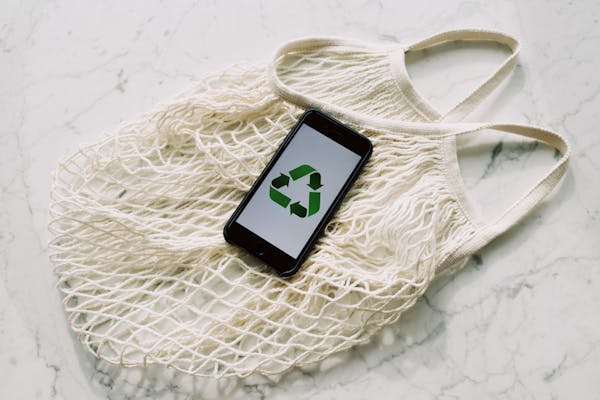Closing the Loop
The very nature of flexible plastic – being lightweight, strong, and pliable – is exactly what makes it harder to recycle than rigid materials like PET bottles or polyethylene milk jugs. Most modern recycling facilities employ a process known as mechanical recycling, where used, rigid plastics are typically sorted, cleaned, shredded, melted, and then reformed into plastic pellets. While flexible plastics often do end up at the recycling facilities, they don’t get recycled there – if they get recycled at all.
More Plastic Shouldn't Mean Less Recycling
At a time when plastic packaging is becoming more and more essential to global commerce, the amount of plastic recycled each year is dropping. Market conditions for mechanically recycled plastics remain weak and recycling facilities facing pressure to operate profitably are shutting down. Around the world today, only about 14% of all plastic is recycled, and most of that is limited to rigid structures like PET water bottles and HDPE milk jugs.
Mechanical recycling facilities generally don’t process flexible plastics because the very nature of why we need them – being strong and lightweight – means materials like films and bags wrap around the sorting screens and can clog the machinery. When this happens, the processor is forced to shut down until the screens can be cleared – a task that creates a work hazard for employees, and one that results in loss of daily productivity and profit.

From Linear to Recycled to Circular
Mechanically recycled plastic generally is downcycled, meaning its performance characteristics are not the same as virgin materials, so it cannot return to the original use or function. This also means that most plastics can only be mechanically recycled once or twice, so that even recycled plastic can make its way to the landfill.
Flexible plastics play a critical role in packaging, so, how can we balance the growing demands of global commerce with the need to address the limitations of our waste infrastructure? The solution is closer than you may know: a process known as advanced recycling, also known as chemical recycling, a new technology that turns used plastics of all types into circular plastic with performance properties equal to their original state.
Off to a New Start
Advanced recycling is a promising, new technology that is in the process of growing to scale. Most programs are currently small or regional where consumers take discarded materials to specific drop off locations like retail or grocery stores. Plastic from these drop-off locations are then collected, sorted, consolidated, baled, and transported to an advanced recycling facility.
Plastics are then either dissolved or broken down with heat to their basic, chemical building blocks, typically in the form of oil. That oil, in turn, can be used much like virgin crude oil in the process of creating new plastic. Not only can advanced recycling accept a wide range of flexible plastic packaging, the resulting product matches the safety and performance of virgin plastic materials—without the use of new petroleum feedstocks.
Plastics can be put through the advanced recycling process over and over with no degradation of material performance – even to the point of being acceptable for food contact. That’s why we believe advanced recycling represents the future of sustainable packaging in a circular economy.